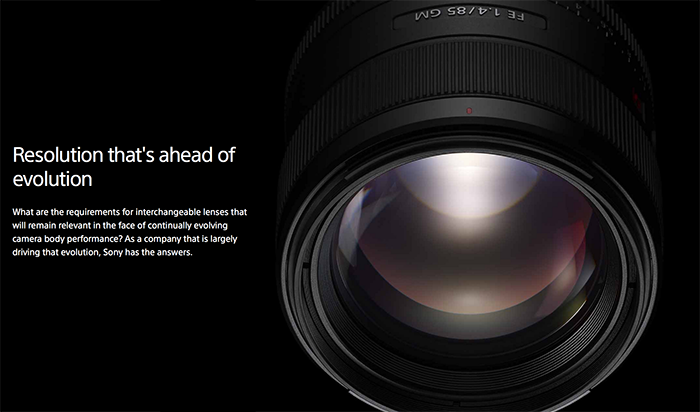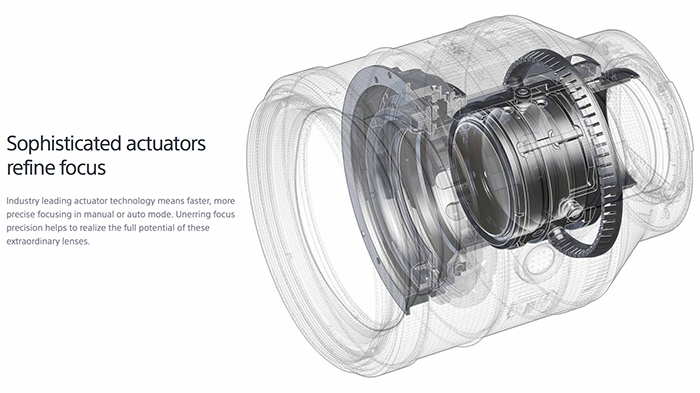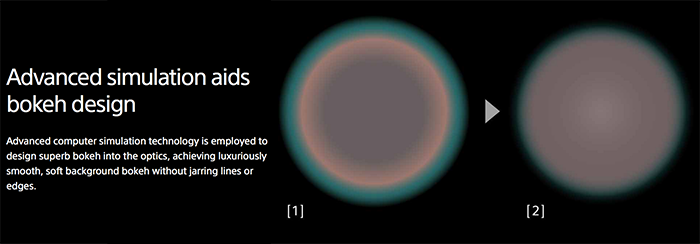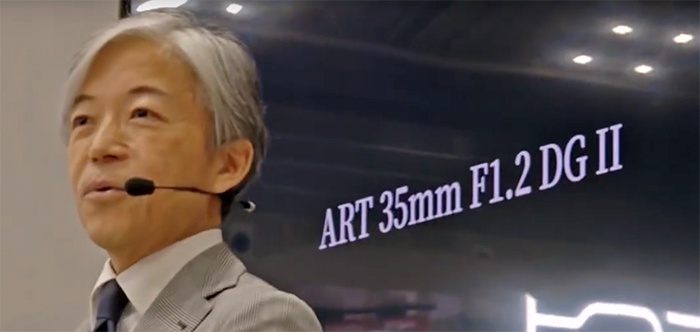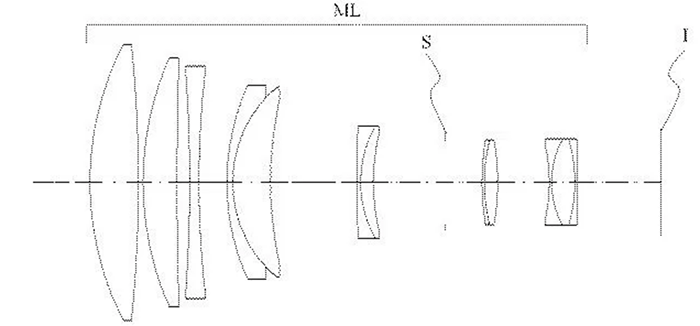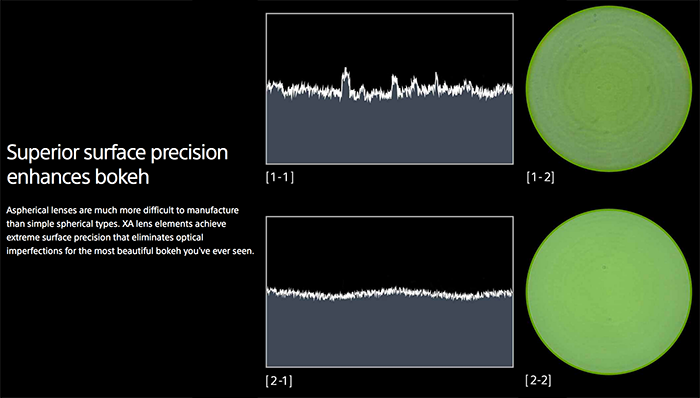Motoyuji Ohtake interviewed by Dpreview and IR: GM Lenses are made for future High Res cameras.
Motoyuji Ohtake got interviewed twice via Dpreview and Imaging Resource. Here are some key info:
- High resolution lenses: Mr. Ohtake made it clear that those lenses are designed for the future high reoslution cameras. The current FE (non GM) lenses are good enough for 40MP sensors. “For the G Master lenses we decided we would assess the spatial frequency at 50 lines per mm. Usually lens makers, including ourselves, evaluate lenses at 10 and 30 lpmm (or 10, 20 and 40 for Carl Zeiss-branded optics).“
- Bokeh: “We developed a way to evaluate bokeh and were able to make a simulation. This meant we didn’t have to build a lens to see how it performed, we could now computer model it before taking a design too far.“
- New own designed mold-machine was developed for the 85mm FE GM “Sony’s approach to eliminating the problem was to design and build their own mold-making machine, one that allows creation of aspheric lens molds that don’t have the previously-characteristic ridges present in the first place. Lenses produced from such molds have a surface roughness of only 0.01 microns. That’s a factor of 2 or 3 better than current technology used by the rest of the industry. Because they are so incredibly smooth right out of the micro-lathe machine, it’s a much more production-oriented process than the manual polishing approach Panasonic developed. This should translate into lower production costs, and ultimately, more Sony lenses at modest price points able to take advantage of the technology.”
- Sony delayed the 85mm FE GM planed autumn launch to “wait” for the new machine “It’s an interesting side note that the ultimate design of the 85mm f/1.4 G-Master lens had to wait for this new aspheric technology to be deveoped before the design could be completed. Wanting beautiful bokeh, the lens designers could see no other alternative to using conventionally-polished aspherical lens elements to build it with. The problem is that would have made the lens huge and heavy, with a very complex optical formula. What was needed was aspheric technology that could avoid the onion-ring problem from the get-go, so the lens designers had to wait until the lens-fabrication people could solve the surface-finish problem. All told, the combination of surface finish and extreme-molding capabilities took 3 to 4 years to develop.”
- There is also one more very criptic answer from Sony about the future of APS-C lenses: ‘The focus elements are light, so it’s easier to design. We have all these focus motor technologies in-house and we’d like to try them in APS-C lenses if that’s what the Product Planning team says is required.” That answer really avoids…to answer if they are currently developing “native” APS-C E-mount lenses.
Preorders (start on Feb 10):
A6300 body at BHphoto, Amazon, Adorama, BestBuy. Calumetphoto.de. WexUK.
A6300 with kit lens at BHphoto, Amazon, Adorama, BestBuy. Calumetphoto.de. WexUK.
24-70mm f/2.8 GM FE at BHphoto, Amazon, Adorama, BestBuy. Calumetphoto.de. WexUK.
85mm f/1.4 GM FE at BHphoto, Amazon, Adorama, BestBuy. Calumetphoto.de. WexUK.
70-200mm f/2.8 GM FE at BHphoto.
Sony FE 1.4x Teleconverter at BHphoto.
Sony FE 2.0x Teleconverter BHphoto.
